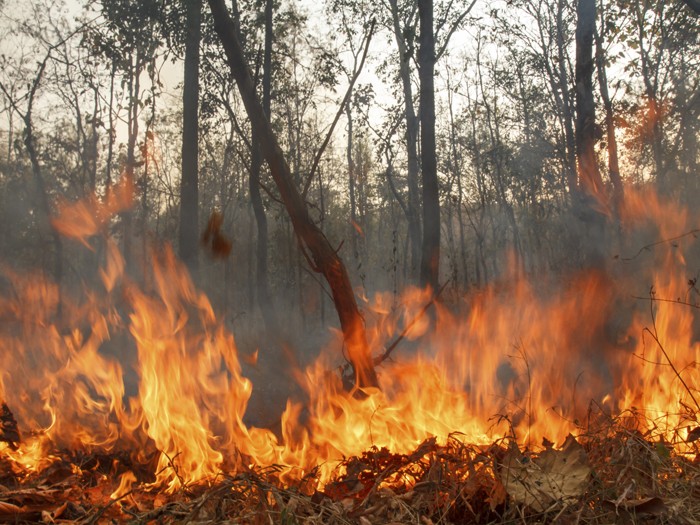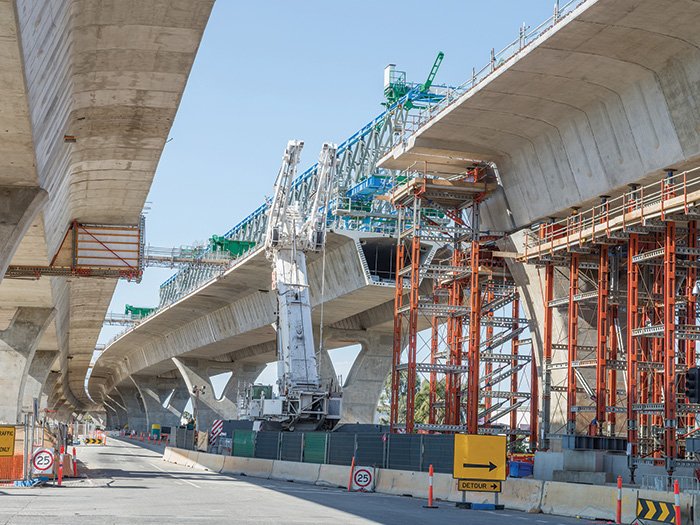Property Risks
Billions at Stake From Wildfire Risk

Close to a million homes in the West are at a high or very-high risk for wildfire damage, and would collectively cost more than $237 billion to rebuild, according to a report on wildfire hazard risks by CoreLogic.
The Irvine, Calif., property information and analytics provider now ranks risks based on reconstruction costs instead of assessed value after acquiring a company that calculates property analytics, said Thomas Jeffery, CoreLogic’s senior hazard scientist who based in Madison, Wis.
“We’re now able to dig down and tabulate what it would costs to rebuild, which in some cases, are is higher than the assessed property values,” Jeffery said. “This allows us to generate a more real-world perspective of the wildfire risk for homes in a particular area.”
California, Colorado and Texas have the largest number of residential properties categorized as “very high risk,” with a combined reconstruction value exceeding $36 billion, according to the report. Including homes located in the “high risk” category, the reconstruction value is more than $188 billion for these three states.
“We’ve had two consecutive years of drought conditions and everyone has been expecting tremendous damage from wildfires, but so far the fires have only been sporadic.” — Thomas Jeffery, senior hazard scientist, CoreLogic
At the CBSA (Core Based Statistical Area) level, Denver-Aurora-Lakewood, Colo. ranks first for the most number of homes at “very high” risk out of the 258 CBSAs analyzed. Riverside-San Bernardino-Ontario, Calif., comes in a close second, followed by Sacramento-Roseville-Arden-Arcade, Calif.
When ranking CBSAs based on Wildfire Risk Score (which takes into account the level of susceptibility to wildfire, as well as the risk associated with the property being located in close proximity to another high-risk property or area), Riverside-San-Bernardino-Ontario, Calif. takes the top spot for the most number of homes that fall under the highest risk segment, followed by Sacramento-Roseville-Arden-Arcade, Calif. and Austin-Round Rock, Texas.
While property insurers may not stop writing policies in certain areas, they may even out their books of business so they’re not so concentrated in areas that potentially could be devastated by an event, Jeffery said.
“We’ve had two consecutive years of drought conditions and everyone has been expecting tremendous damage from wildfires, but so far the fires have only been sporadic,” he said. “But people should not get complacent on their homeowner mitigation, which is on the frontline of defense, right after the first responders. Everybody should take the danger of wildfire seriously, especially due to these drought conditions.”
Jeff Reinig, head of underwriting, personal lines at Farmers Insurance Group in Woodland Hills, Calif., said via email that the carrier’s underwriting and rating is based for the most part on actual claims data, but reports similar to CoreLogic’s data “supplement an already robust set of inputs into our methodology.”
Risk Management Practices
Several brokers detailed the types of risk management best practices they advise for clients who own properties in high-risk areas.
Owners of commercial properties should have Class A fire-rated roofs, which should be kept clean of debris, said Frank Oliver, senior vice president at Aon Global Risks Consulting in New York City.
“The majority of wildfires are due to embers flying through the air, rather than actual flames, and that’s why a Class A fire-rated roof is probably the best practice,” Oliver said.
Businesses should also create a fire break within the attic or dead air space, he said. Building codes now require fire breaks within those spaces, but not for older properties, so as a practice, businesses should create some type of fire stop so it’s not just one contiguous space.
If there is a fire, businesses should make sure employees close the windows, so that embers don’t come through and ignite combustible materials that are within the building.
Property owners should also create defensible zones 5 feet to 30 feet around their buildings, Oliver said.
If there is vegetation close to the building, make sure to plant “wet” vegetation that is resistant to fire, as well as stone or rock mulch instead of wood mulch. If a property is on a slope, fire can run much faster up a slope than alongside the ground, so businesses need to create a larger defensible space around the property.
Barney & Barney Insurance Services LLC in San Diego advises commercial clients in disaster-prone areas to develop emergency recovery plans, and will provide outlines if necessary, said Peter Holmes, client executive at the firm, a division of Marsh & McLennan Agency LLC.
“They need to ask themselves such questions as, ‘Where is their business intelligence?’ ‘Their lists of clients, receivables, deliverables?’ ” Holmes said. “These should all be located offsite, on a cloud.”
Businesses should also have an emergency communications plan for their employees, such as a pocket card listing the number of a central location to call. They also need a plan on how they are going to communicate with clients to let them know they are operating in a temporary location.
Suppliers also need to make sure that if their factory burns down they have relationships with other suppliers that can either let them manufacture their own products on their site or supply similar products on their behalf.
“Emergency plans are not just for wildfires but any emergency, such as an earthquake or a power outage that could damage production facilities such as pharmaceutical laboratories whose experiments needs to be conducted at certain temperatures,” Holmes said.










